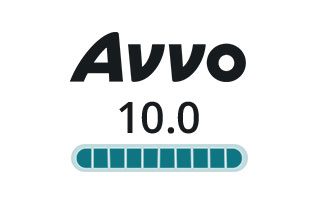A study in the latest issue of the Journal of Pain has found that a large number of medication errors that take place in American hospitals are caused by the proliferation of drugs that have sound-alike or look-alike names.
The study concluded that the medication error rate was around three in every thousand hospital prescriptions, and that the error rate was even higher in prescriptions for children.
One of the remarkable aspects of the study was that the data came entirely from self-reported errors by pharmacists. It is probably safe to assume, then, that this is the minimum number of medication errors that occurred in the hospitals studied, and that there were additional errors that went undetected or unreported.
Even with the self-reported data, there was an overall error rate of 2.87 per 1000 prescriptions (2044 errors out of 714,290 orders). Of the 2044 errors, 449 were considered by the pharmacists themselves to have serious implications for patients’ health.
Among pediatric prescriptions, there were 243 errors in 40,996 orders, which was an error rate of 0.59, compared to the overall error rate of 0.29. Of all the medication errors pharmacists considered serious, 14% of them were pediatric prescriptions.
The errors in the study were categorized into these contributing causes:
1. Failure to modify therapy based on patient-specific information
2. Inadequate drug therapy knowledge
3. Inappropriate use of a dosage form
4. Mistakes in dose calculations
5. Improper dose for the route of administration
6. Other
Medication error rates were the highest for rarely prescribed drugs (examples were buprenorphine and benzocaine), and drug names that were easily mistaken for look-alikes or sound-alikes were connected to a high number of errors.
Pennsylvania medical malpractice attorneys have been encouraged that, at the very least, hospitals are acknowledging that medication errors are more common than they should be, and that more needs to be done to protect patients’ health and safety. Patients should never have to live with the consequences of preventable medical mistakes.
The study recommended increased use by hospitals of computerized prescriber order entry systems, a review of every single order by nurses and pharmacists, and a limitation on the number of similarly-named medications.
Source: US News & World Report “Look-and-Sound-Alike Names Account for Many Painkiller Prescription Errors” 2/1/2011





Leave a Reply